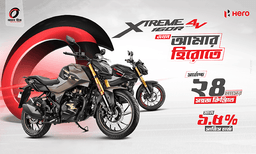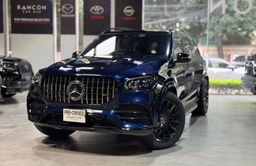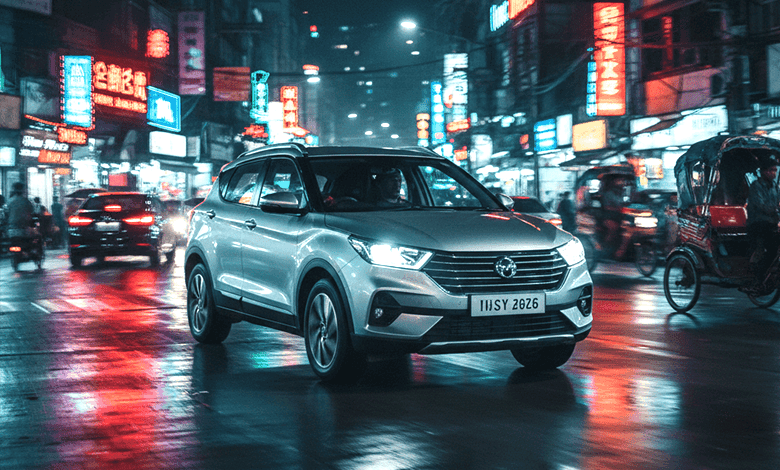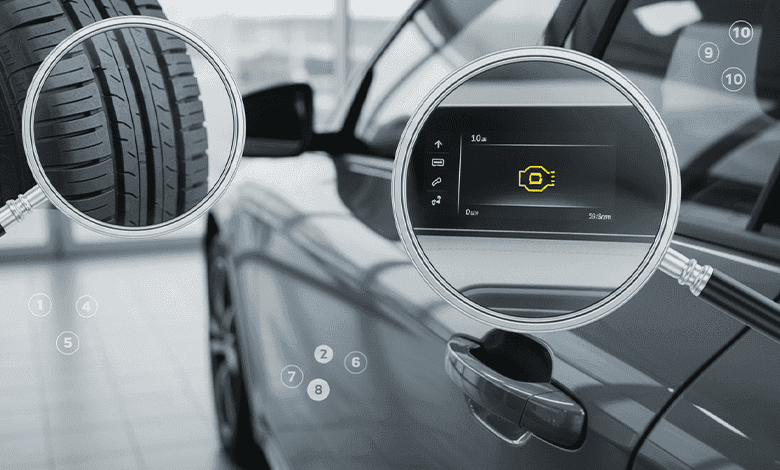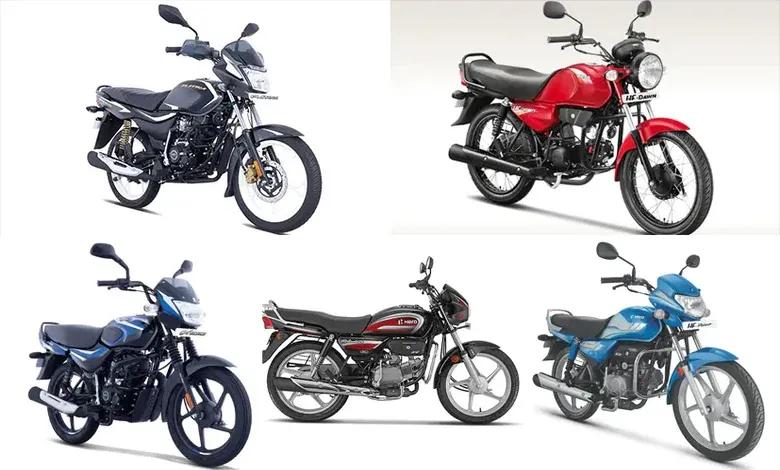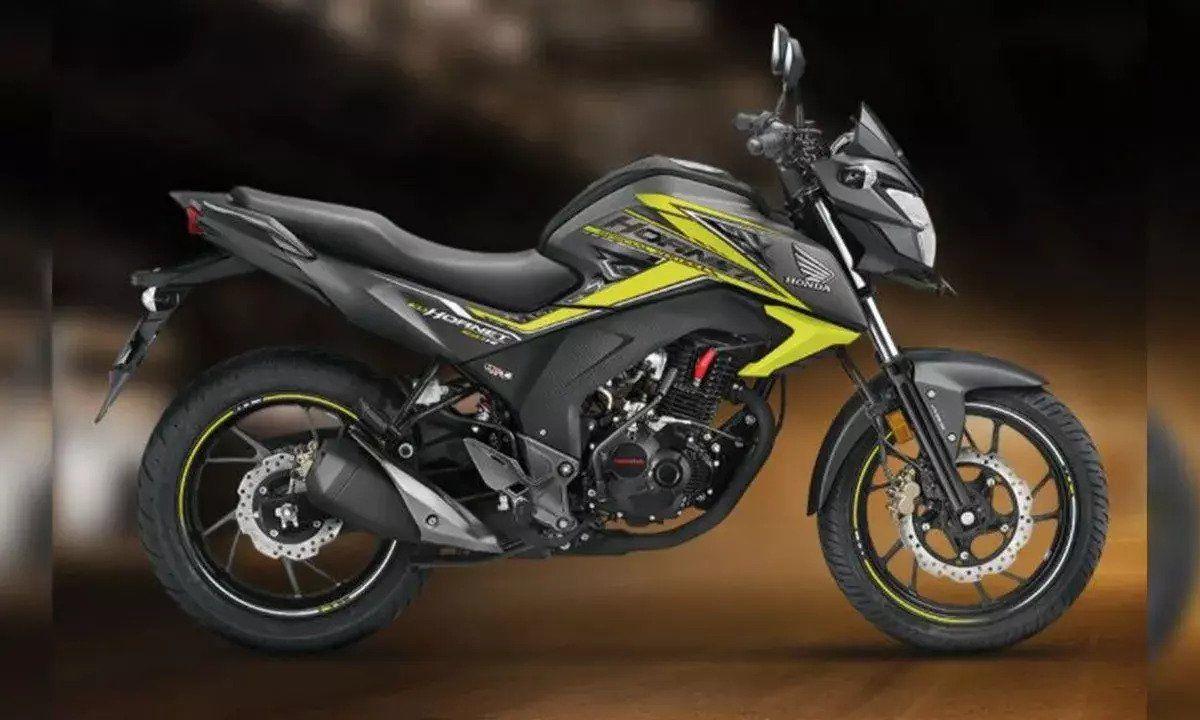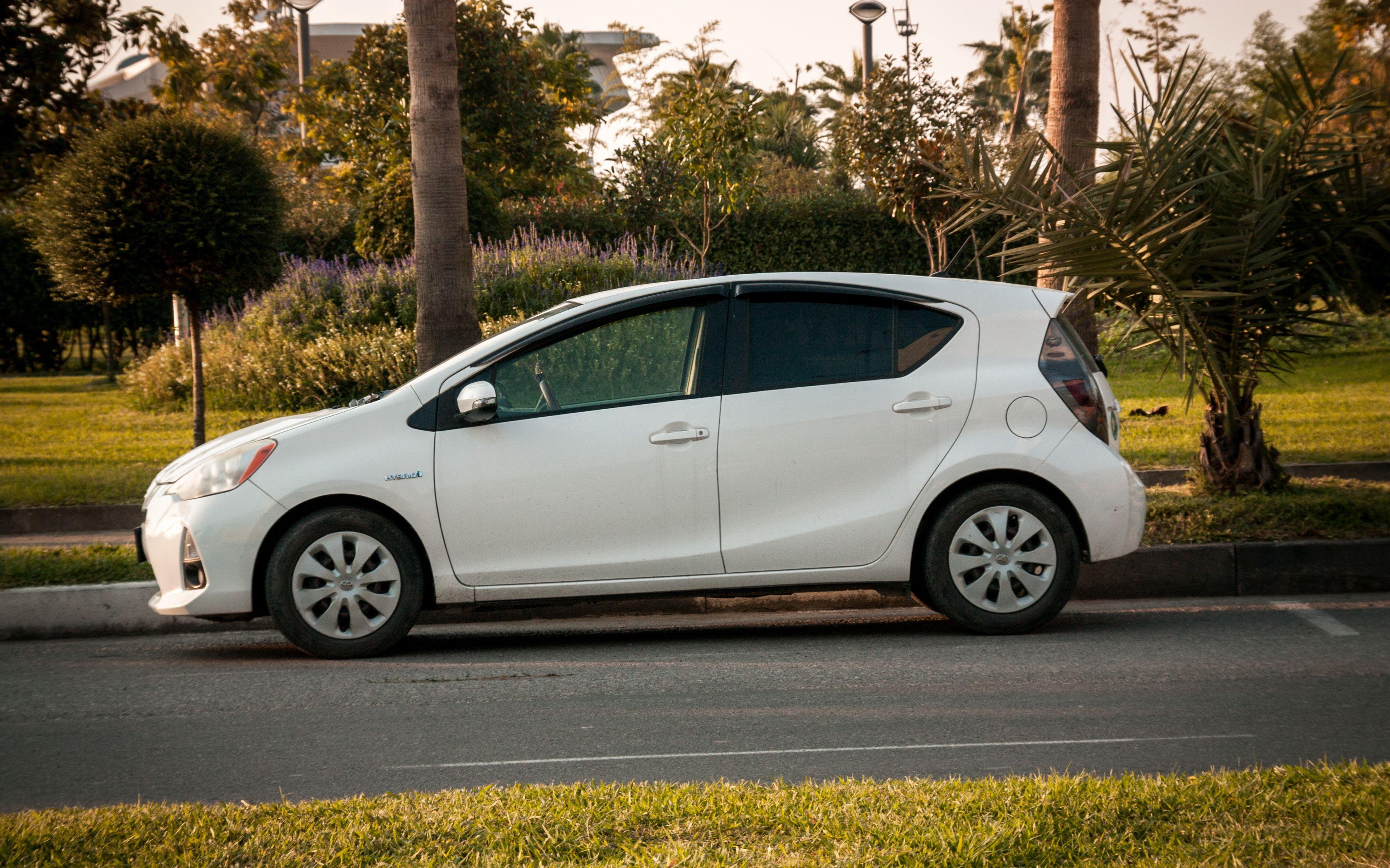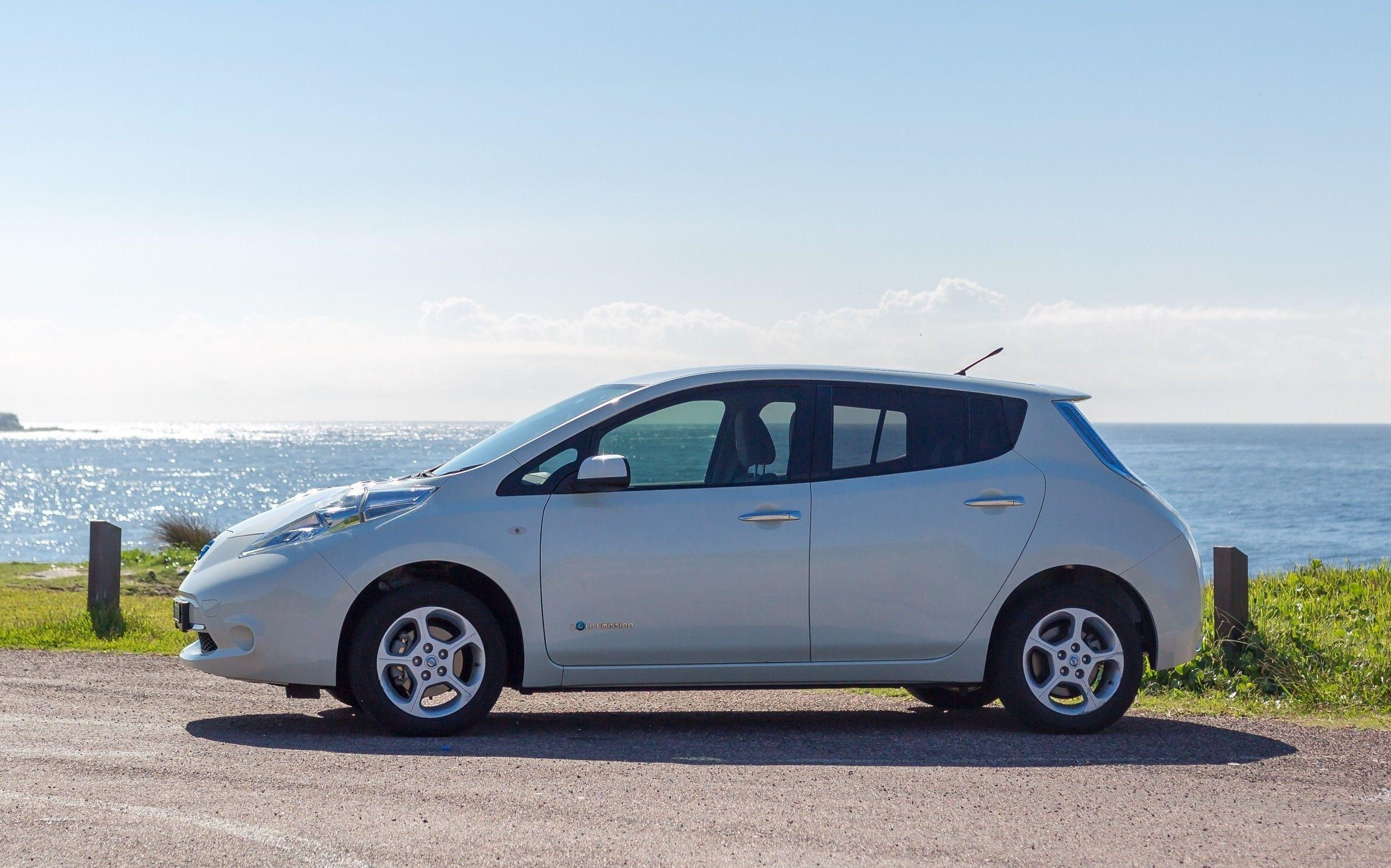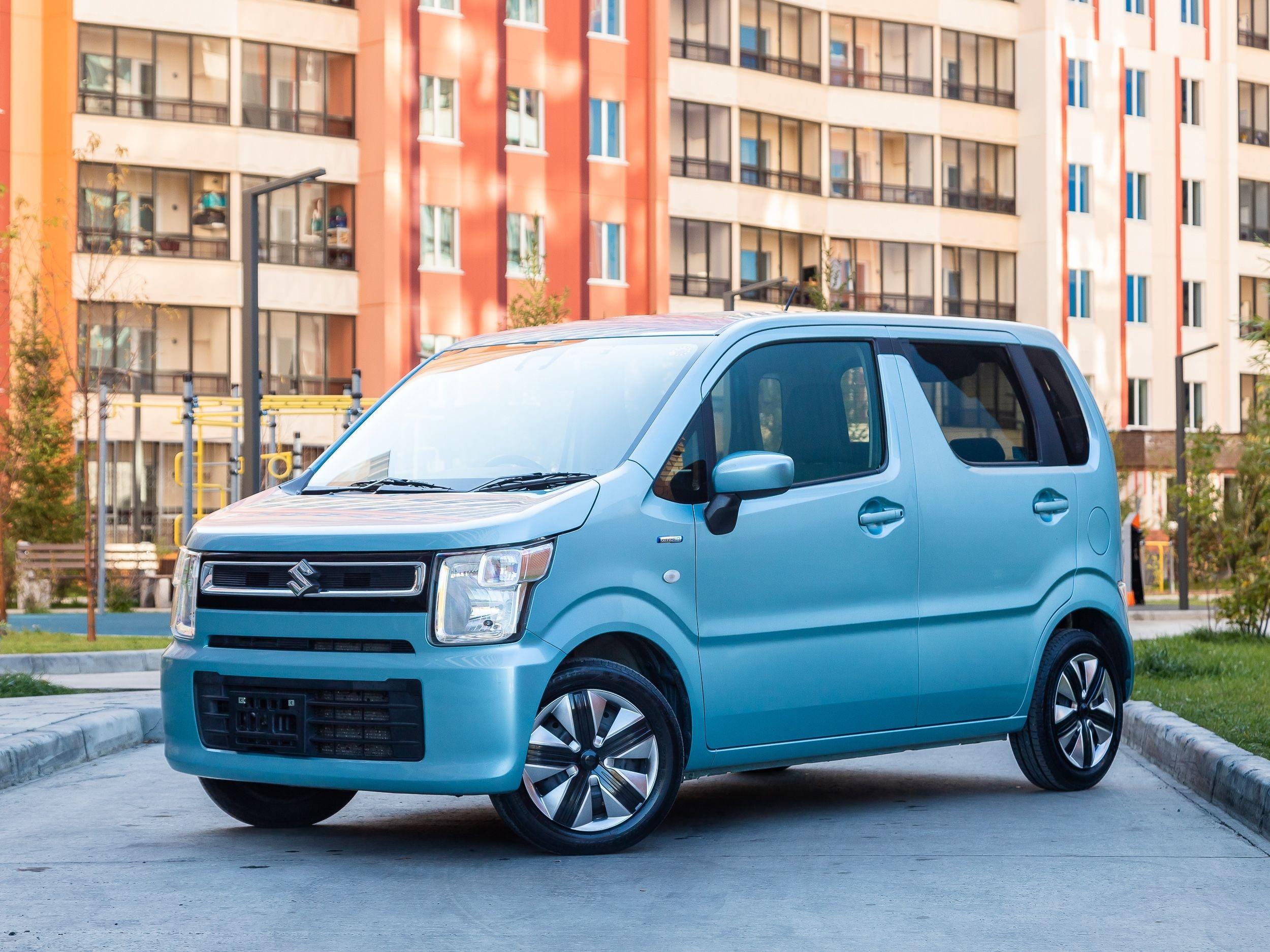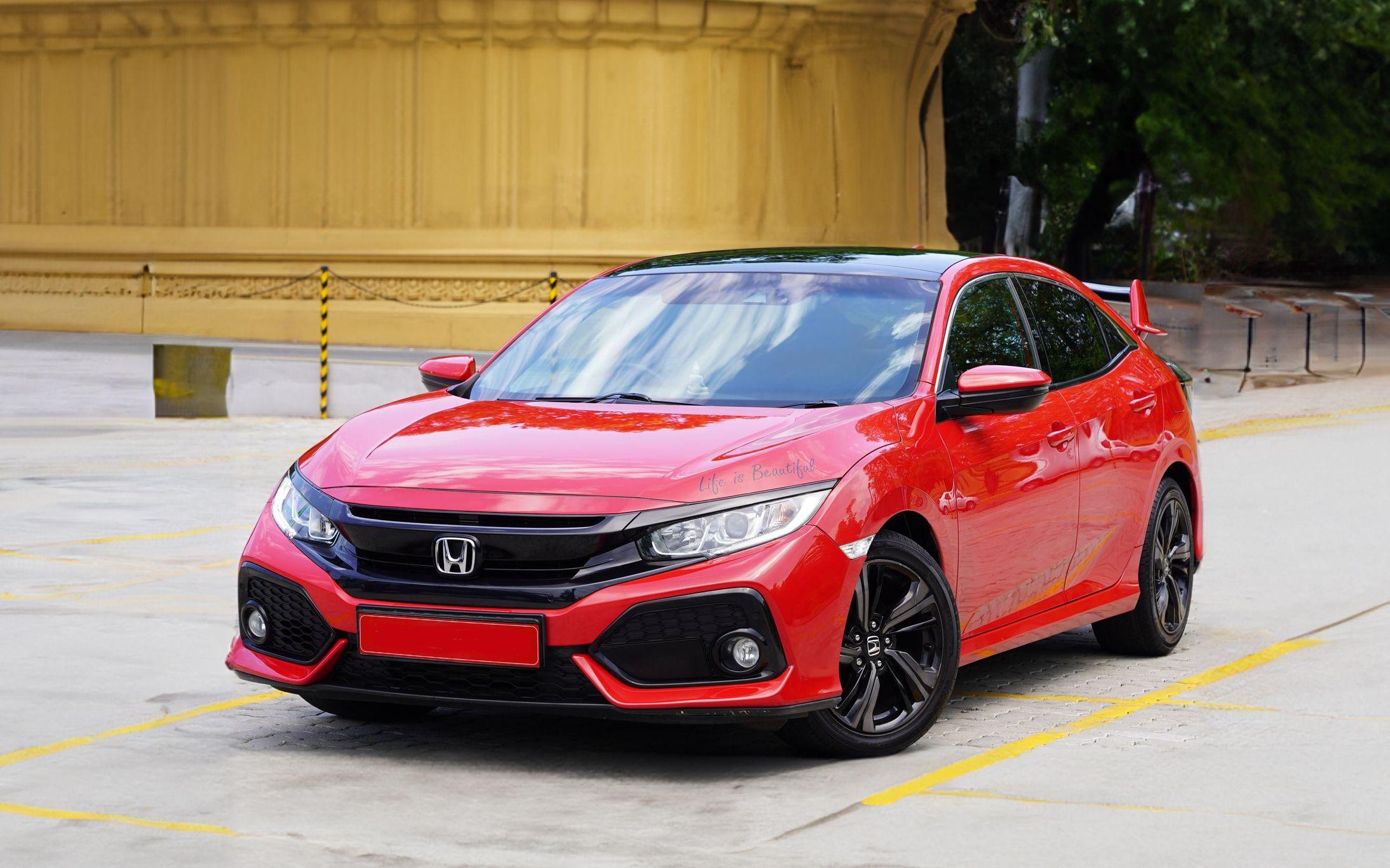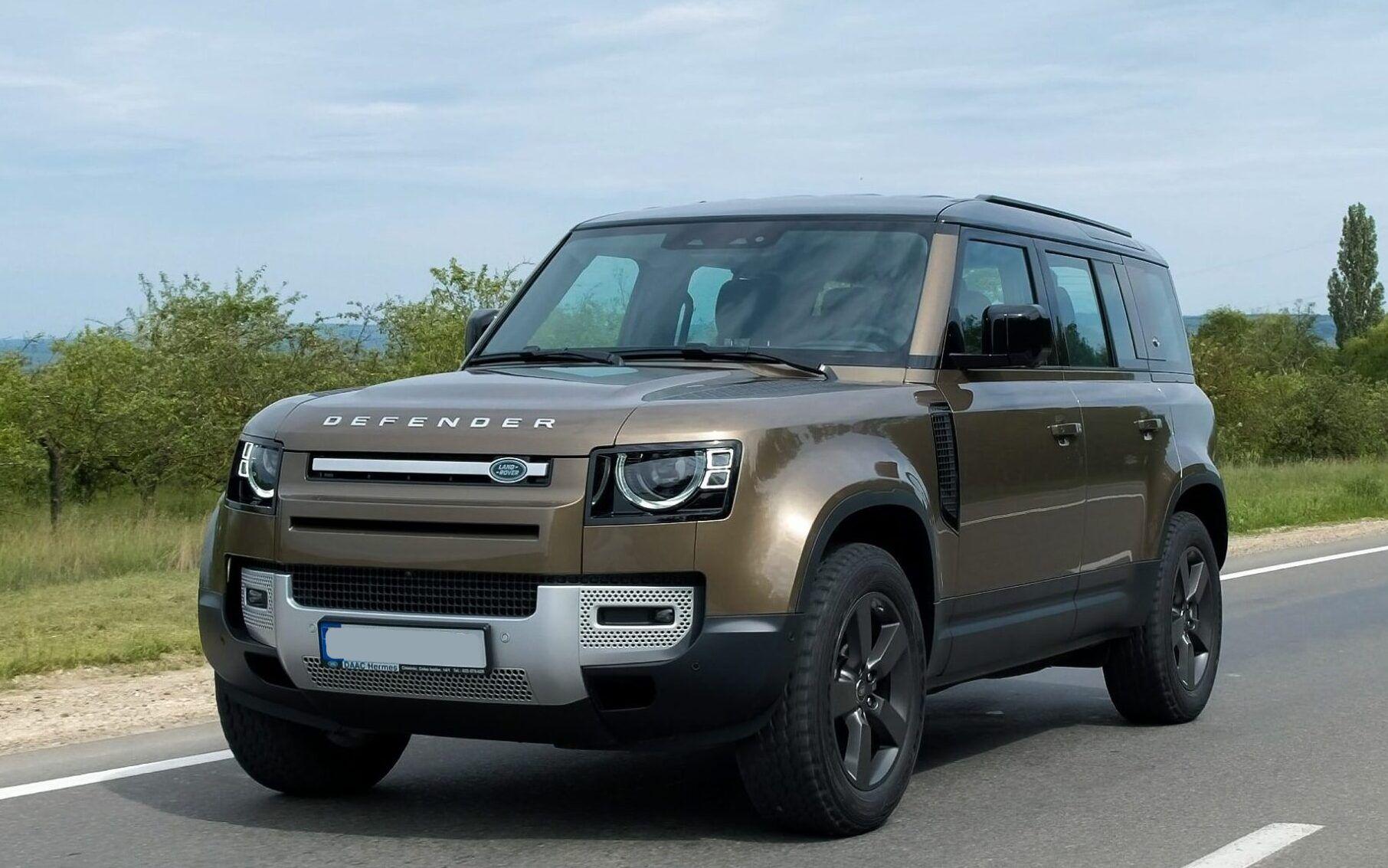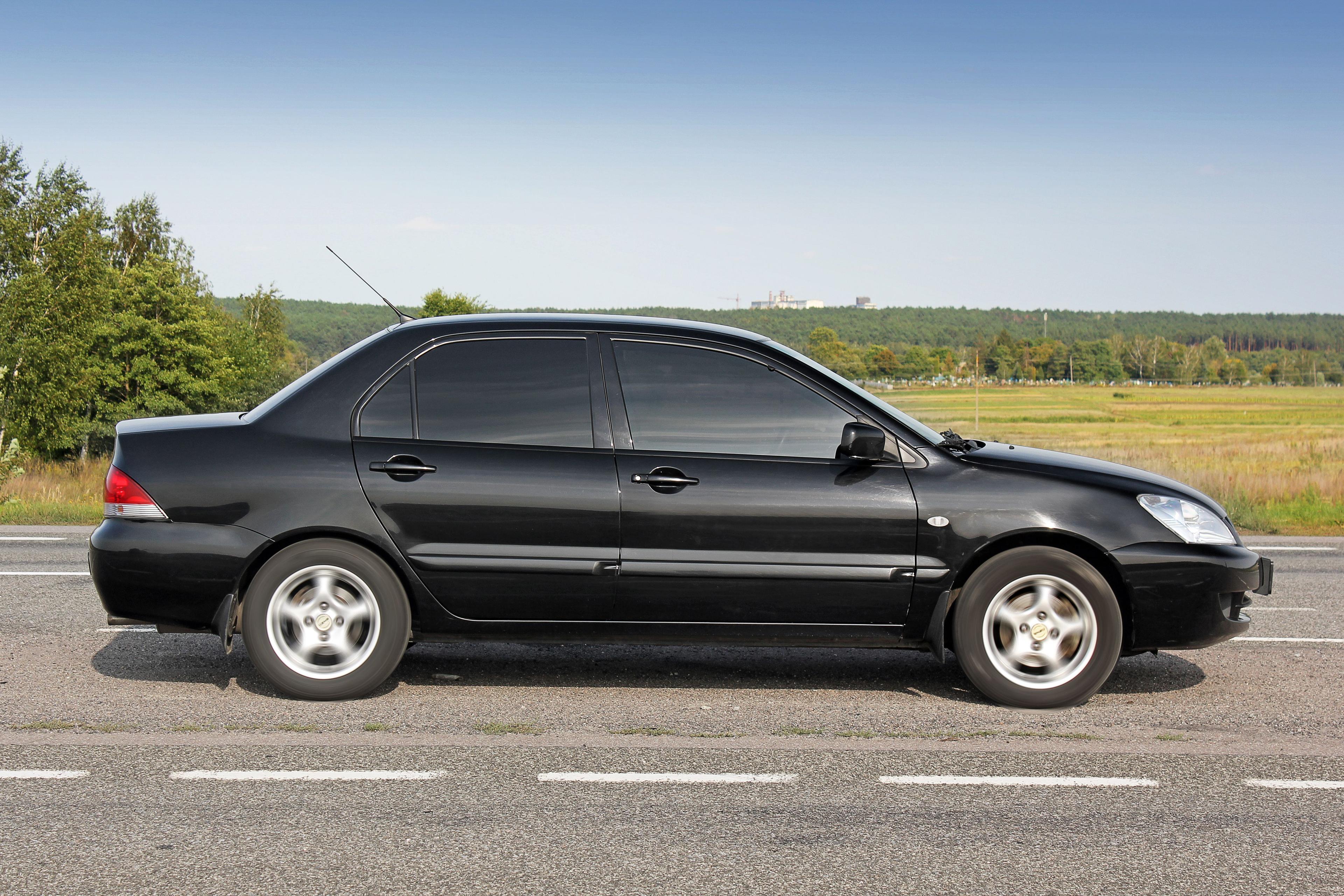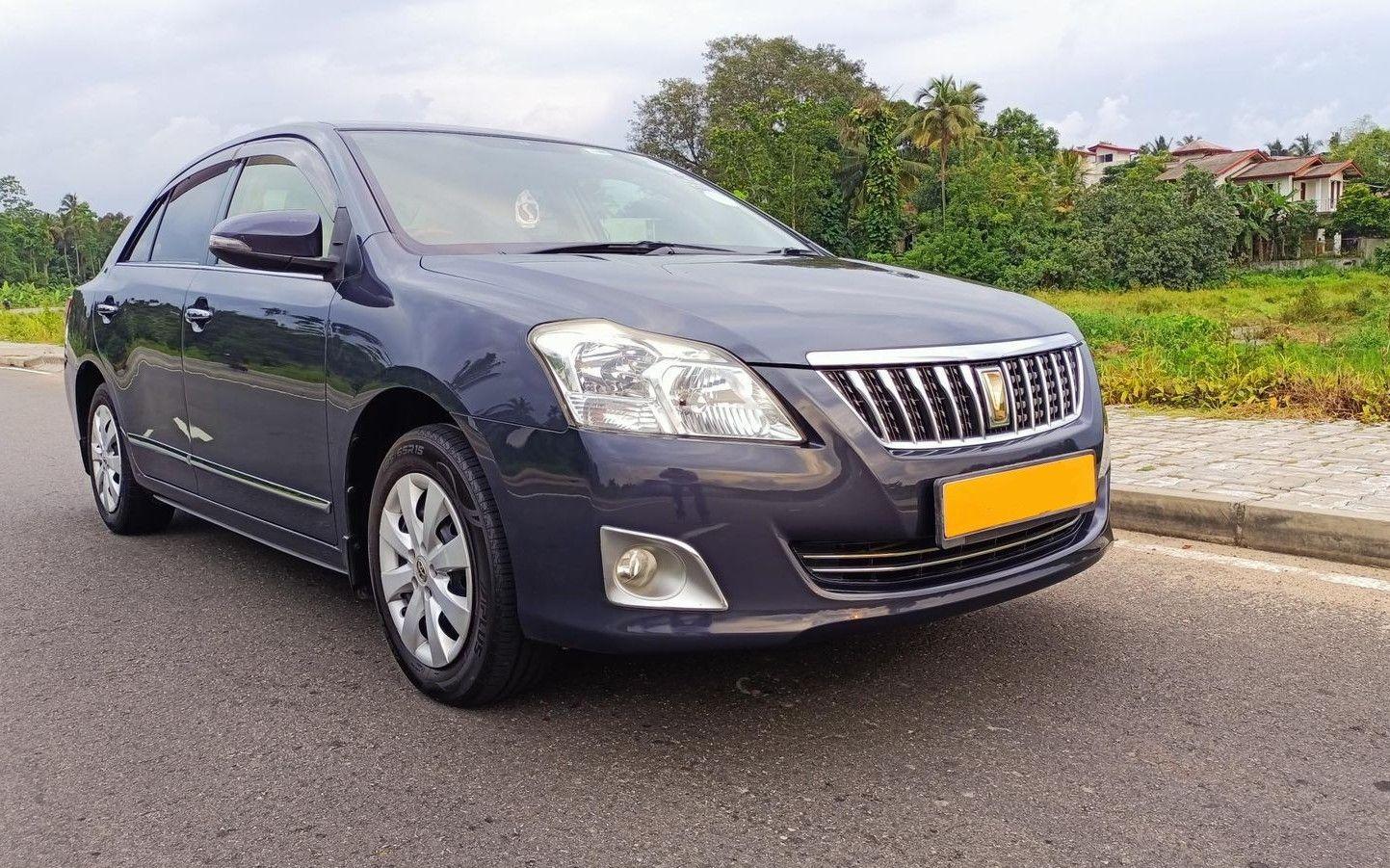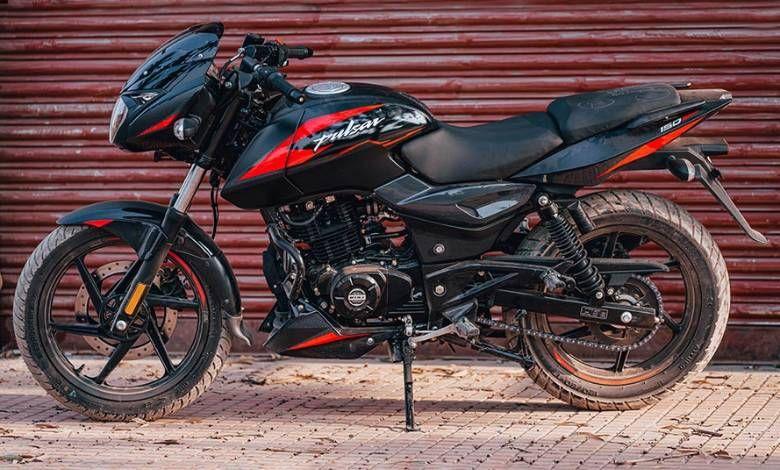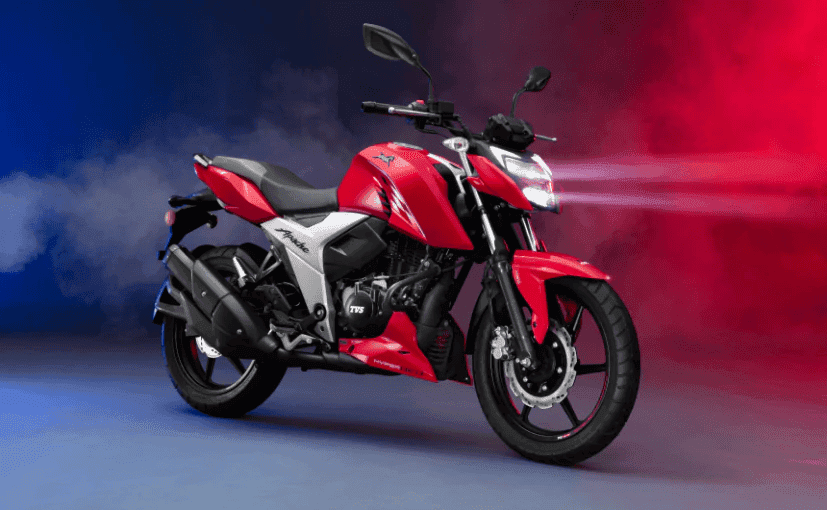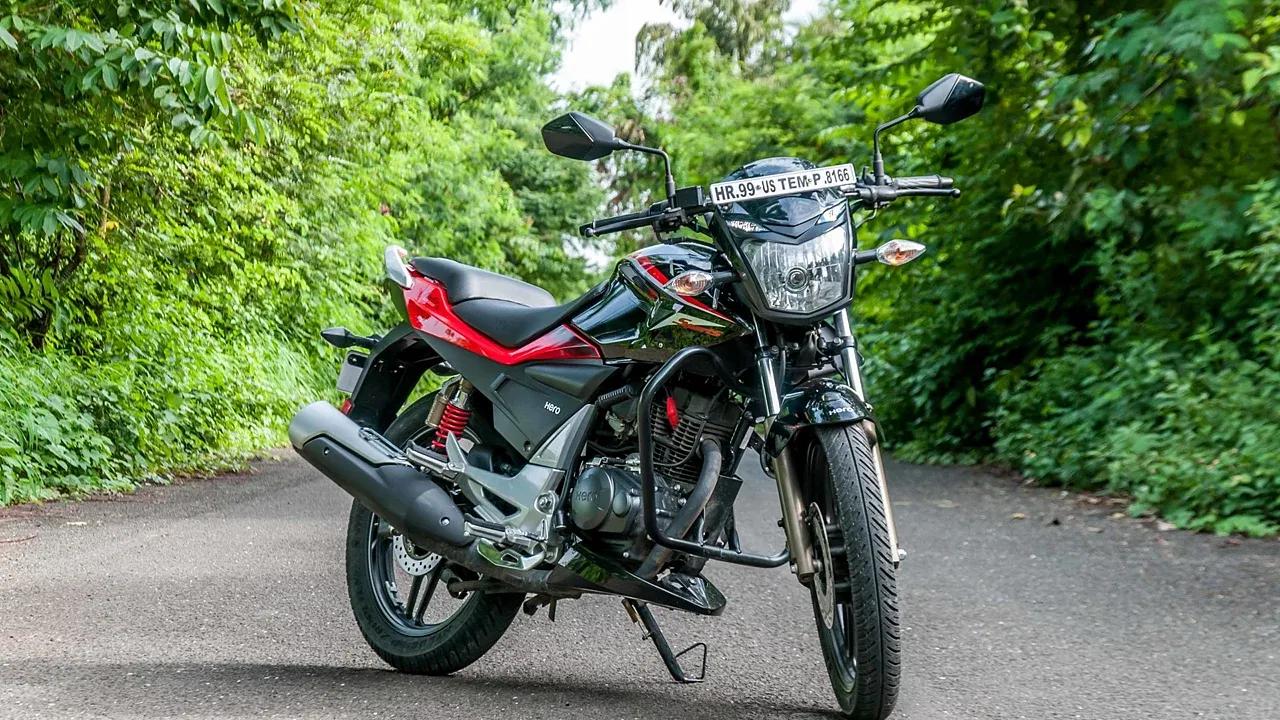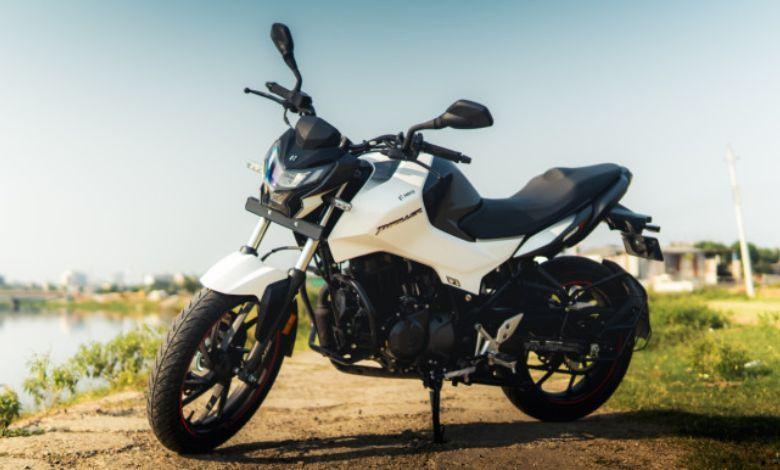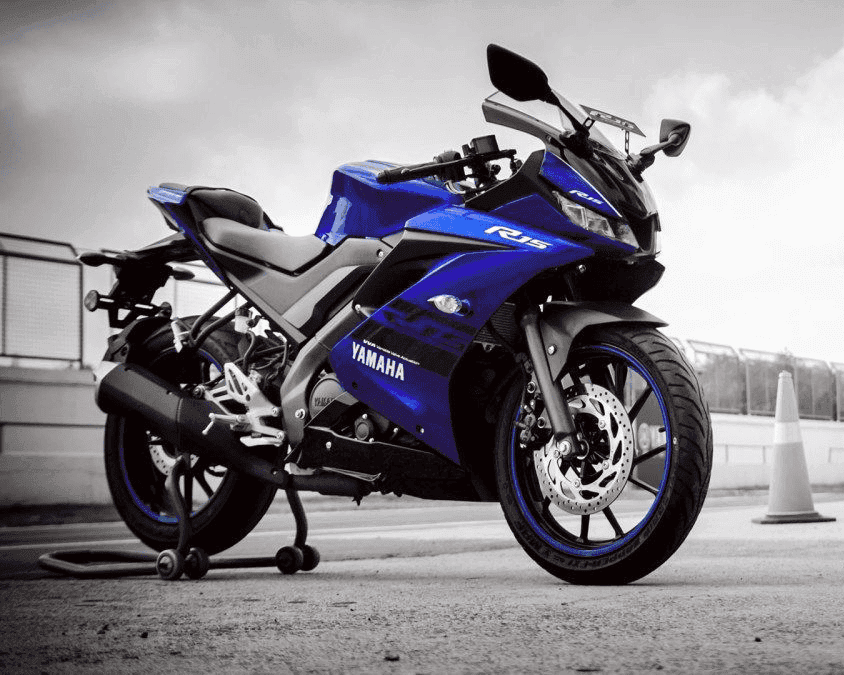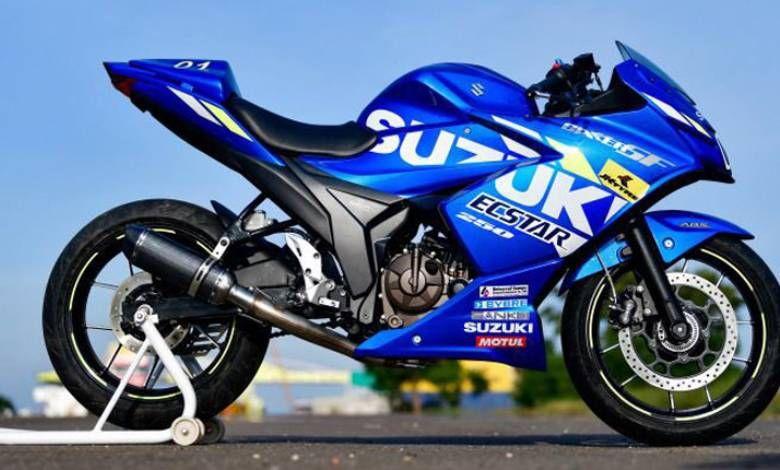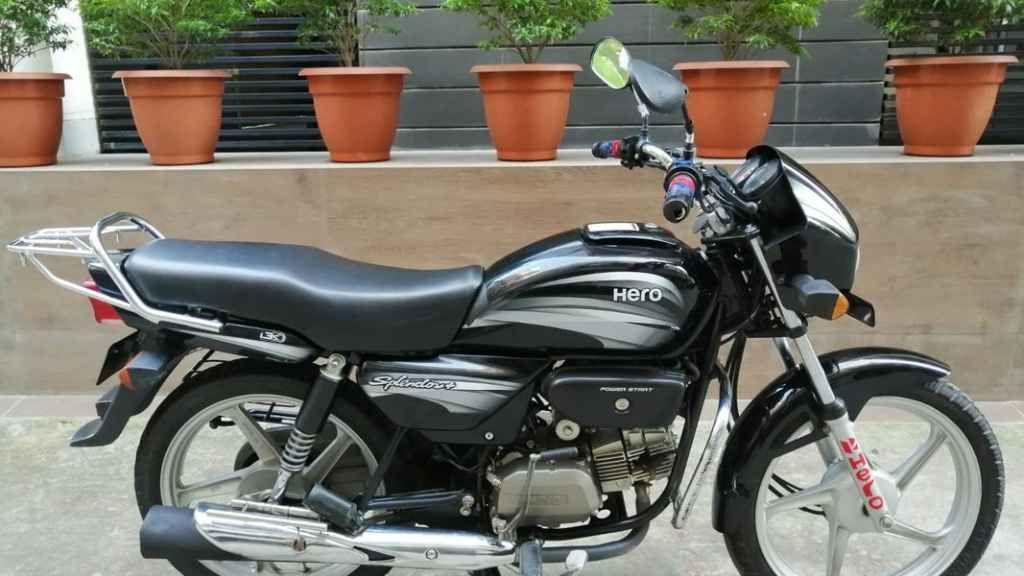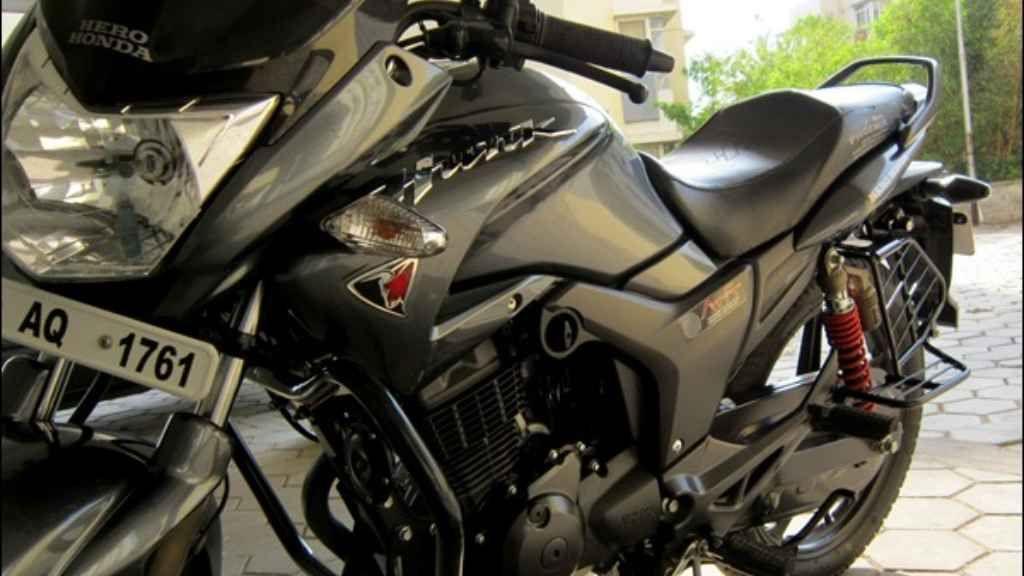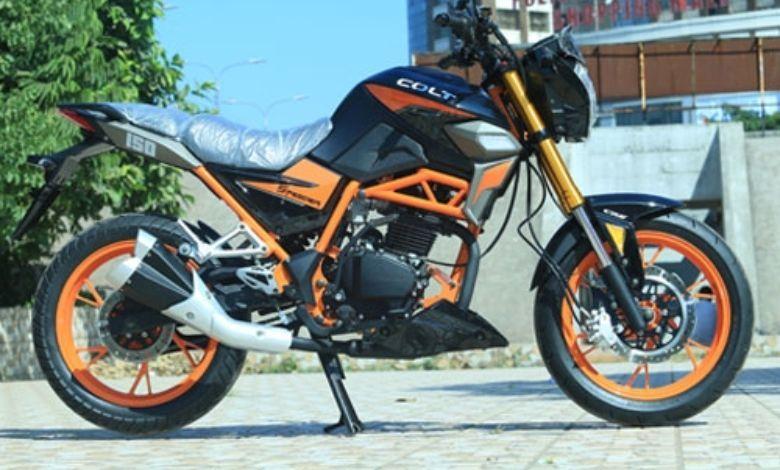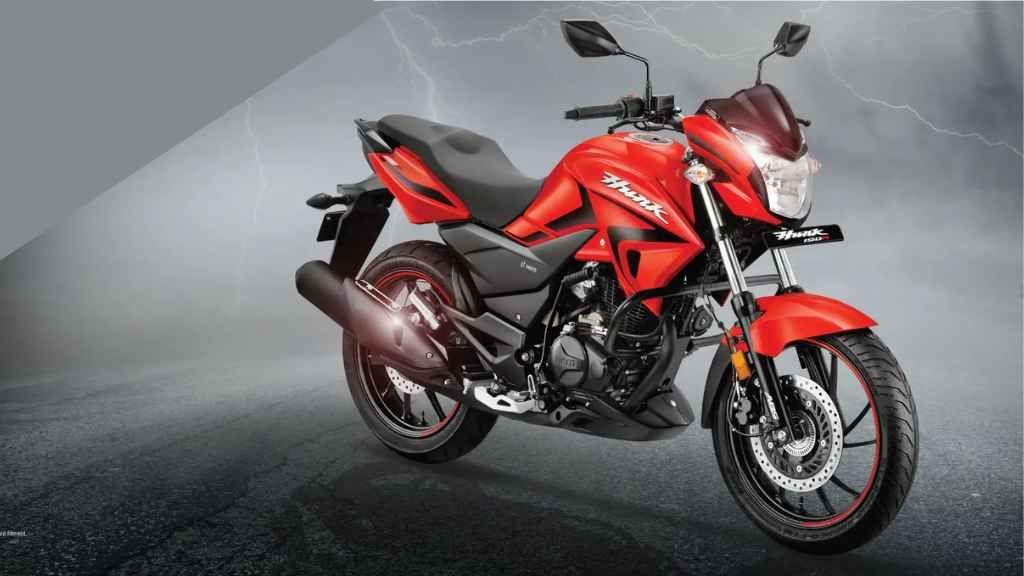Air-Cooled, Liquid-Cooled, and Oil-Cooled: Which Cooling System is Best?
Air-Cooled, Liquid-Cooled, and Oil-Cooled
Whether it's a two-wheeled motorcycle or a four-wheeled car, there are crucial parts within the engine that move much faster than its wheels. When an internal combustion engine (ICE) is running in a vehicle, thousands of explosions occur inside. It is then that the engine gains power by burning fuel in a special way, causing the entire engine to become extremely hot. Therefore, a cooling system is essential to keep the engine's temperature at a normal level.
The type of engine depends on what kind of engine the bike manufacturer has used. There are many types of engines used for a bike, such as petrol engines, diesel engines, electric, etc.
Considering the type of bike engine, three types of engines come into discussion: air-cooled, liquid-cooled, and oil-cooled. Competition has been ongoing between these three cooling systems for a long time. Reviews from various bikers show that the engine type – air-cooled, liquid-cooled, or oil-cooled – is determined by considering many factors such as the bike model, engine oil, and more. Is air the best cooling system, or oil, or liquid? Air-cooled engines cool quickly, while oil-cooled engines perform well, and liquid engines absorb heat rapidly. So, after a long-running debate and endless arguments, which one is truly the best? Let's take a quick look at the differences between air-cooled, liquid-cooled, and oil-cooled, and which one performs best.
Additionally, to learn about engine oil in the market, browse Bikroy.
Air-Cooled Engine
Considering the engine type, air-cooled bikes are designed slightly differently so that the heat generated during operation can easily dissipate into the air. A moving car or bike has to withstand intense air pressure from the front. In the case of an air-cooled cooling system, there is no special arrangement to cool the engine, nor is any special technology used to absorb heat as a heat absorber. Instead, air-cooled engines use several fans that generate a lot of air through intense rotation. And when the engine expels hot air, the bike moves very quickly. Among engine types, air-cooled engines are as easy to build as they are to maintain.
What type of bikes use air-cooled engines?
Considering the engine type, these types of engines are mostly used in low-capacity bikes where price is prioritized over good performance.
Problems with this type of engine:
- This cooling system is not suitable for long journeys, and the engine stops if run at high RPMs during extended travel.
- As the engine gets hotter, the metals become weaker, reducing the bike's durability.
- If the engine runs at high RPM for a long time, it easily overheats. An overheated engine can lead to engine damage.
Liquid-Cooled
Liquid-cooled cooling systems are widely used by almost all vehicle manufacturers globally in cars, trucks, motorcycles, ATVs, and all other types of motor vehicles. Among engine types, this uses a liquid coolant that is cooled by an external radiator and utilizes special chambers or passages to effectively absorb heat away from the engine.
The setup includes a radiator, a fan (not always), and a reservoir for the coolant, which is continuously circulated by a pump. This setup helps vehicle manufacturers extract better power by keeping the engine at its optimal running temperature, allowing the bike or vehicle to run for a much longer time.
What type of bikes use liquid-cooled engines?
Considering the engine type, these types of engines are used in all kinds of motor vehicles, including cars, trucks, and motorcycles, all over the world.
Problems with this type of engine:
- Prolonged use of water in the radiator in this cooling system damages the liquid jackets.
- It also causes rust and creates small holes in the radiator, which are the root cause of thousands of problems such as reduced liquid in your radiator and engine overheating.
Oil-Cooled
Among engine types, oil-cooled engines are similar to air-cooled cooling systems, as they still retain cooling fins for airflow; however, they externally mount a small oil cooler that helps cool the engine oil with air.
This oil cooling system reduces the hot temperature inside the engine and helps the engine deliver good performance. According to reviews of air-cooled, liquid-cooled, and oil-cooled engines, oil-cooled engines have an advantage over air-cooled motors, where cooler oil passes through the engine, effectively cooling the internal moving components.
What type of bikes use oil-cooled engines?
Considering the engine type, manufacturers use this system in luxurious or high-performance bikes, taking into account factors like region, weather, and various other aspects.
- Very expensive and its maintenance cost is very high.
- Comfortable or smooth rides can reduce bike performance.
Just as hot and cold are distinct, so too are engine types distinct from each other. Air-cooled, liquid-cooled, and oil-cooled engines differ only in their type, but their function is the same: the primary objective is to keep the engine cool.
Some matters are best left open to bike enthusiasts, as it's natural for everyone's preferences to differ. If you are looking for an engine for easy maintenance, you would prefer air-cooled. If you are looking for an advanced and relatively expensive engine, then liquid-cooled would be perfect. If you prioritize good performance, you can use an oil-cooled engine.


